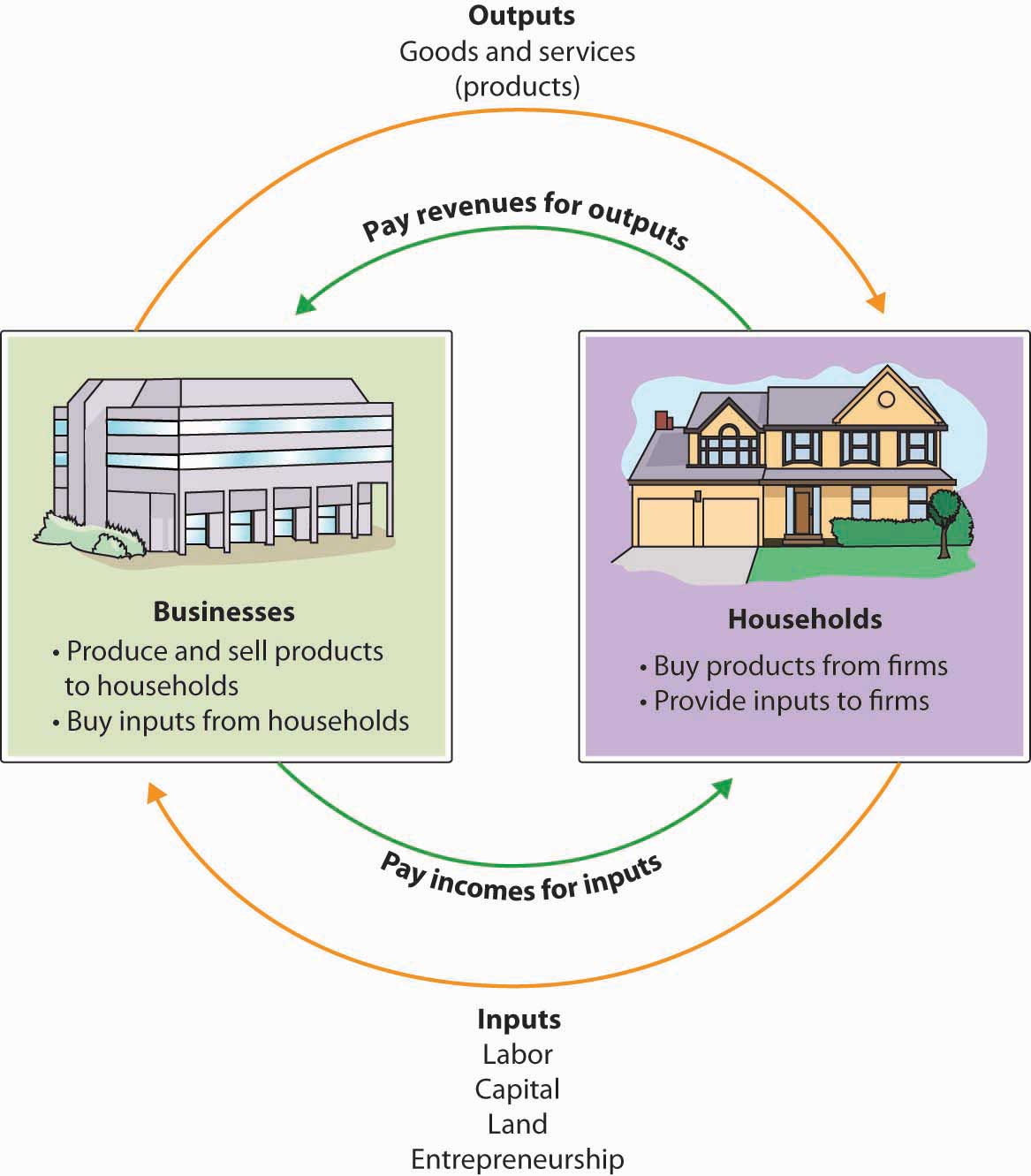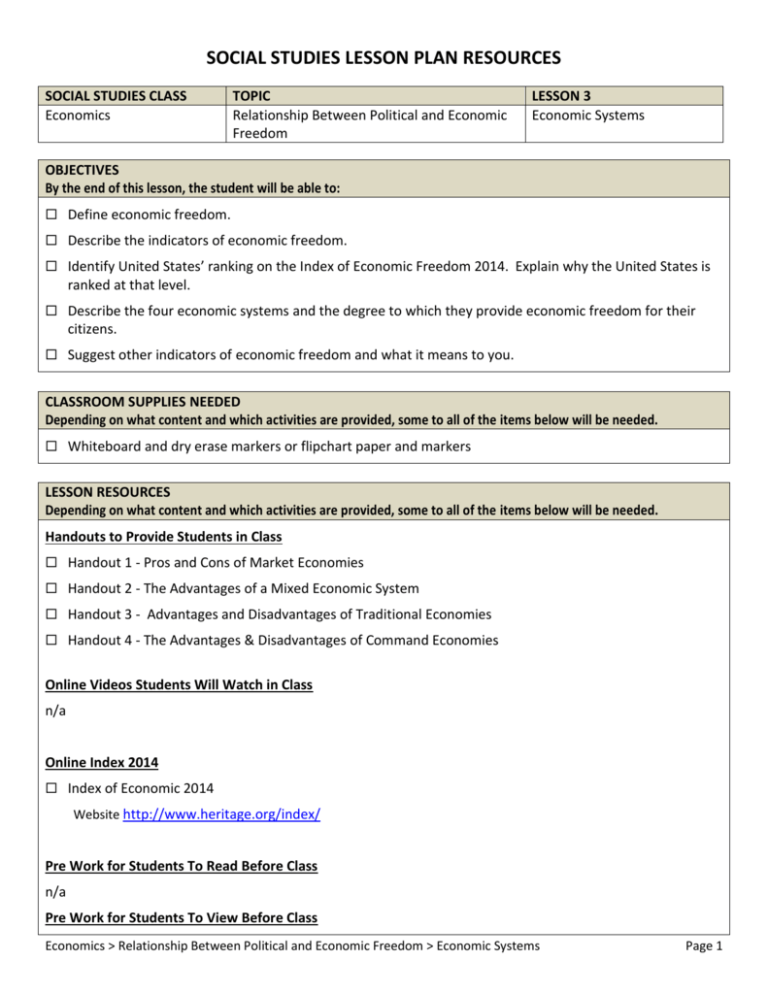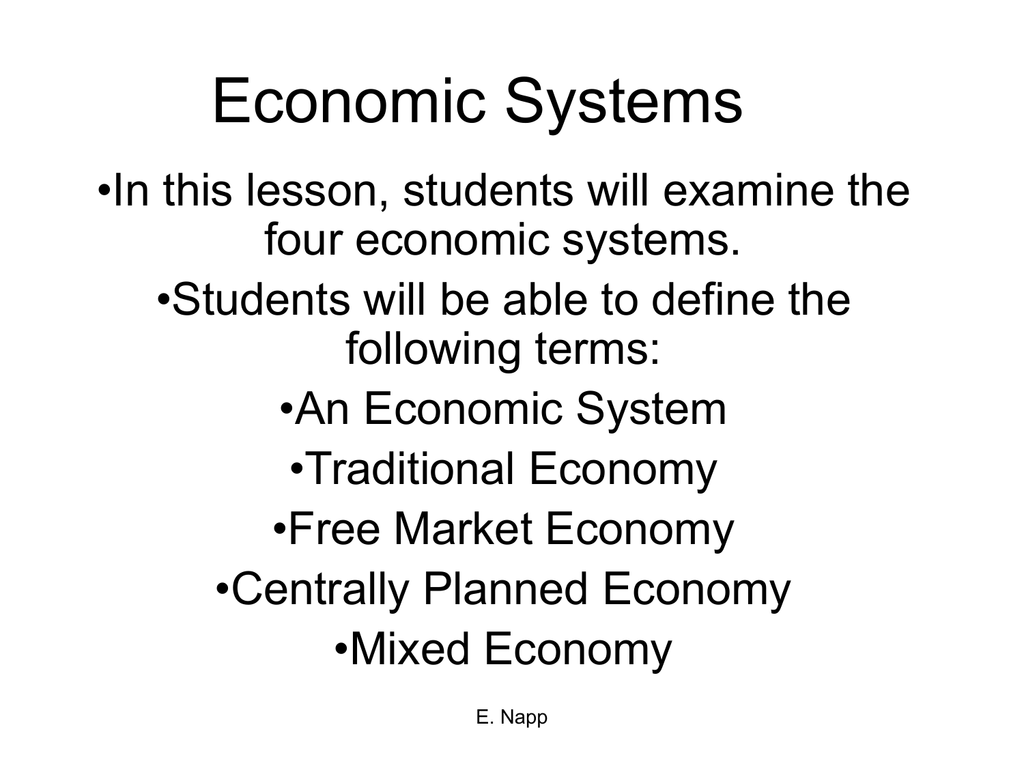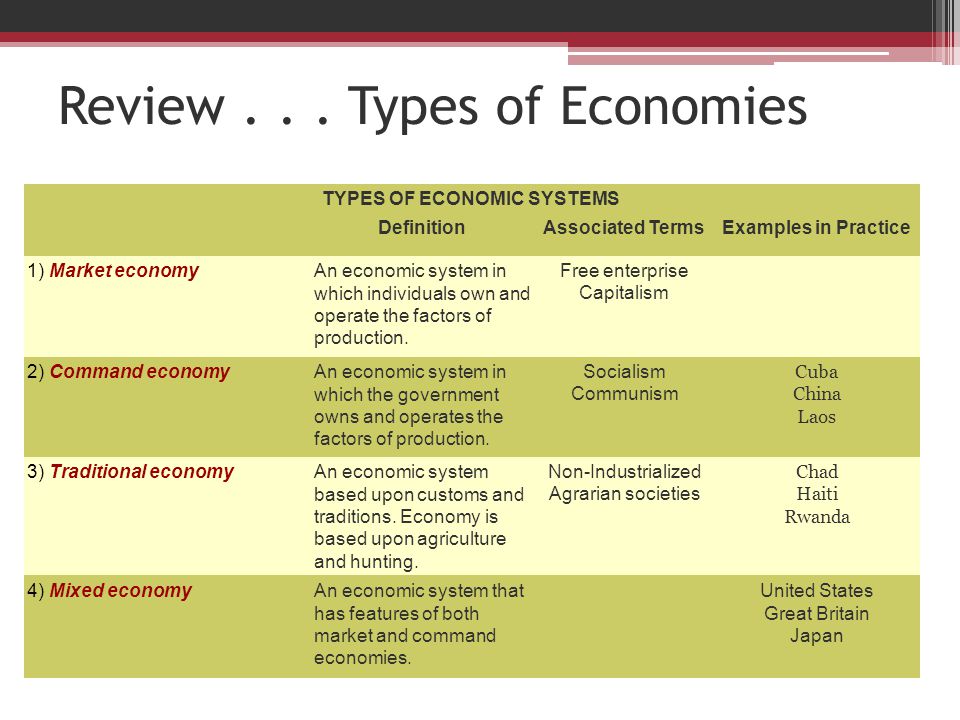A mixed economic system is an economic system that combines elements of both a market economy and a planned economy. It is a hybrid system that incorporates features from both capitalism and socialism.
In a market economy, the government plays a limited role in the economy and the allocation of resources is determined by the interactions of consumers and producers in the marketplace. The price of goods and services is determined by the laws of supply and demand, and competition is encouraged among firms.
On the other hand, a planned economy is one in which the government plays a central role in the allocation of resources and the production and distribution of goods and services. In a planned economy, the government determines the prices of goods and services, and may also control the production and distribution of these goods and services.
A mixed economic system combines elements of both market and planned economies. It allows for some market-based competition, but also includes government intervention and regulation in certain areas. This can take the form of regulations on businesses, social welfare programs, and public services such as education and healthcare.
There are many examples of mixed economic systems in the world today, including the economies of most developed countries. These countries generally have a mix of private and public ownership of the means of production, as well as a mix of market-based and government-controlled economic activities.
One advantage of a mixed economic system is that it allows for some flexibility and adaptability in the economy. For example, the government can intervene in times of economic crisis to help stabilize the economy and protect the welfare of its citizens. Additionally, a mixed economic system can provide a balance between the efficiency and innovation of a market economy and the social welfare and equality of a planned economy.
However, mixed economic systems also have their drawbacks. Government intervention can sometimes lead to inefficiency and bureaucracy, and the balance between market and government control can be difficult to maintain. Additionally, mixed economic systems may not be as effective at achieving either the efficiency of a market economy or the social welfare goals of a planned economy as pure versions of those systems.
Overall, a mixed economic system is a system that combines elements of both market and planned economies, and is a common model in many countries around the world. It allows for some flexibility and adaptability, but also has its limitations and challenges.





:max_bytes(150000):strip_icc()/market-economy-characteristics-examples-pros-cons-3305586-final-JS-b59061972f22439799a2d421ff24c262-74b45ed5558c4b21a58ce66011ad21b5.jpg)

